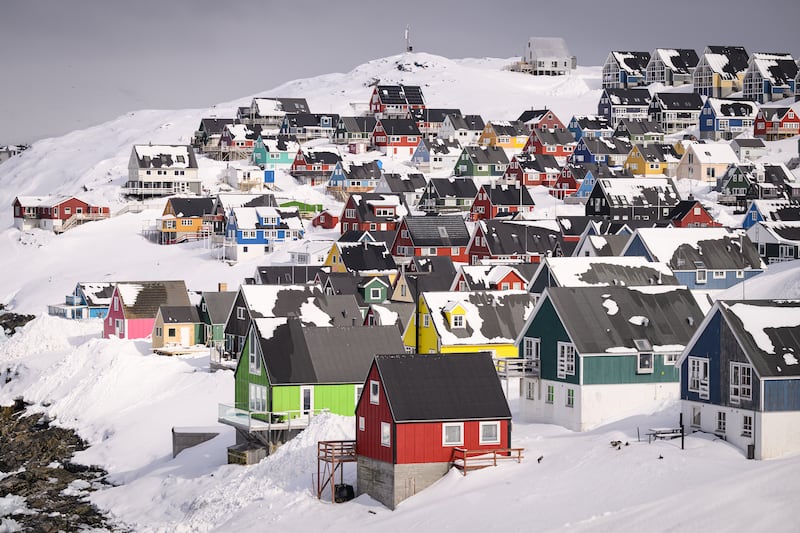As Vene Chun guides his Hawaiian canoe to shore past tourists learning to surf at one of Maui’s public beaches, his thoughts are a jumble.
He has just come from spreading ashes at sea with a family devastated by the fire that scorched the town of Lahaina, farther west. For days he and his outrigger canoe are right there, too, bringing food, water, whatever survivors needed.
And the surfers? Chun (52) stands beside his canoe in a grassy park 20 miles from the ashen disaster wearing a wreath reflecting his Native Hawaiian roots. Somehow, the flopping beginners on longboards make him smile.
“There’s got to be some normalcy,” he says. “We’ve got to move on – and constantly help each other at the same time.”
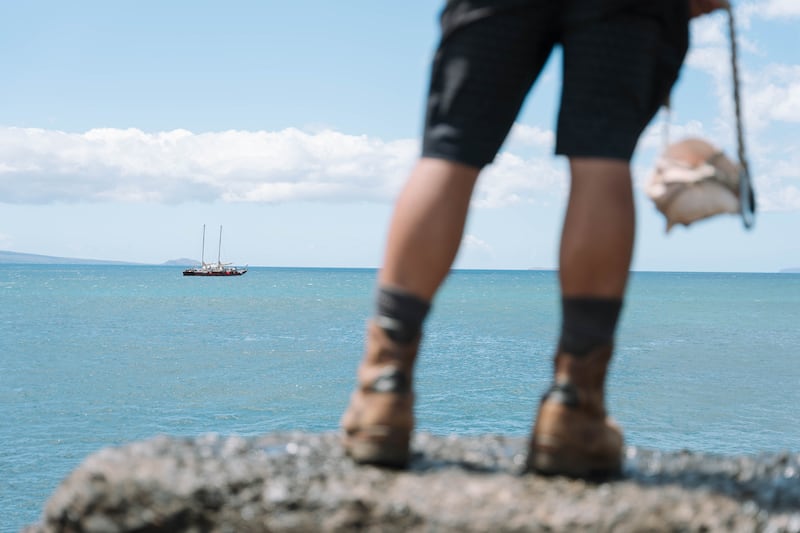
While the search effort in Lahaina continues, life ticks on in most other parts of Maui, forcing residents to make sense of loss and death alongside life and tourism. On an island of magnificent beauty, where a wildfire as fierce as a blowtorch has left hundreds dead or missing in a redoubt of 19th-century Hawaiian kings, many local residents are crying with friends one moment, working to please vacationers the next.
“It’s super weird,” says Niji Wada (17), a surf instructor in Kihei, where Chun keeps his canoe. “We have super close friends whose house burned down.”
Native Hawaiians often talk about the historical trauma of losing their land to colonisation, and the problems that come with pink hotel towers and invasive species. There were “two Mauis” even before the fires that seem to have torn out the island’s cultural heart – one for visitors with money, another for workers struggling with a shortage of affordable housing.
But the sudden and near-total destruction of Lahaina, a seaside town of 13,000 people, has sharpened the divide and flummoxed both elected officials and residents whose lives rely on both Maui worlds.
[ Hawaii wildfires: Maui official says sirens could have posed danger in fireOpens in new window ]
Immediately after the fires, the message sounded clear enough – if you’re not from Maui, stay away. Since then, there has been a push for geographic nuance.
Governor Josh Green of Hawaii stressed early last week that only West Maui – Lahaina, along with about a dozen hotels and resorts nearby that were not damaged – should be considered closed to visitors. Other areas to the southeast are still open, he notes.
“It would be catastrophic if no one travelled to the island,” he says.
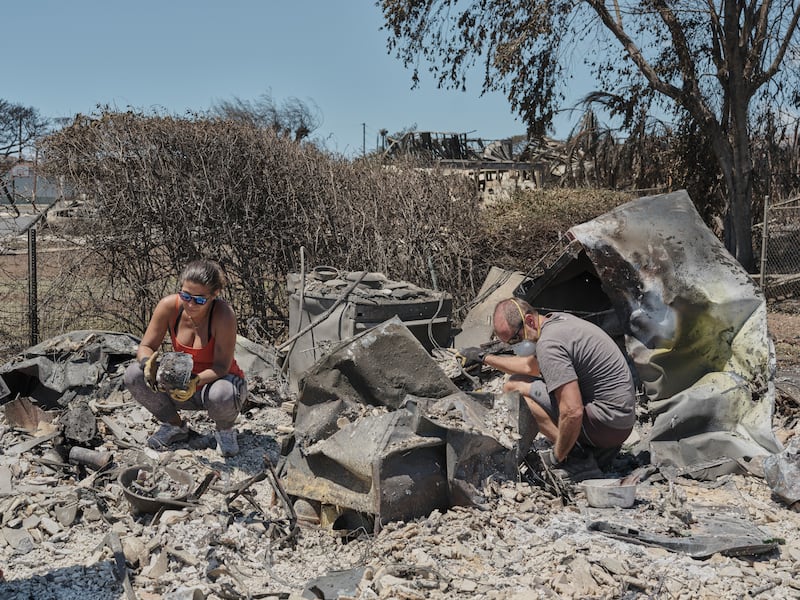
The disaster’s damage – to families, businesses and psyches – has mostly rippled outward in concentric circles, similar to an earthquake. The epicentre of burned buildings and bodies, which some call ground zero, has been cordoned off like a crime scene. Just outside, where buildings are intact, hundreds of West Maui residents have tried to remain in their homes, stay with neighbours or even camp on the shoreline.
There, electricity, water and internet service were out for days, and it has been difficult to travel in and out for supplies, leaving residents and evacuees to rely heavily on whatever people from unaffected parts of the island can carry in with their cars, trucks or boats.
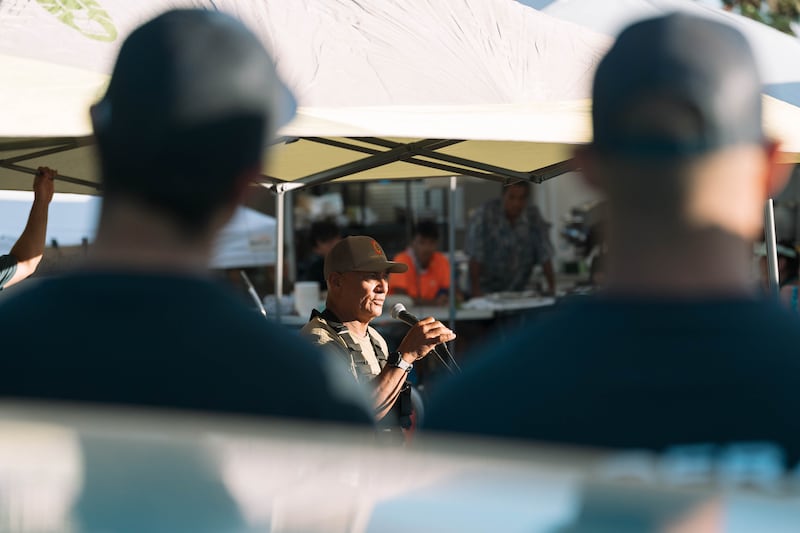
Last week, at the home of Archie Kalepa, a former head of Maui County’s ocean safety division, dozens of neighbours and volunteers gathered at the edge of the fire zone to organise donations. Generators, water, snacks and nappies pack the yard, on shelves with superstore-level organisation. Under a tarp, a man and a woman tape a neighbourhood map on to cardboard to track which homes were damaged or destroyed or are still intact.
During a nightly briefing, plans are laid to fix roofs and build a fence to block rancid dust before tropical storms arrive later this week.
Kaala Buenconsejo, one of the community leaders, says working with the tangible – wood, water, finding homes for the suddenly homeless – is itself a form of shared solace.
“Right now, that’s nearly everything,” he says.
But for many, it is not enough. There is still a need to work, and in Maui County that usually means serving tourists, who provide 70 cents of every dollar generated there.
Kihei, which offers a more modest Maui experience for middle-class travellers, is untouched by the wildfire that devastated Lahaina a half-hour’s drive away.
Still, signs of extreme emotional labour are everywhere. Hotel managers say they are gathering donations from some workers and distributing them to others. A handwritten note from someone named Jessica at a small shop in Kihei that offers snorkel rentals says: “Closed today to volunteer.”
“I can still get you gear after 12pm,” the note adds. “Call or text me.”
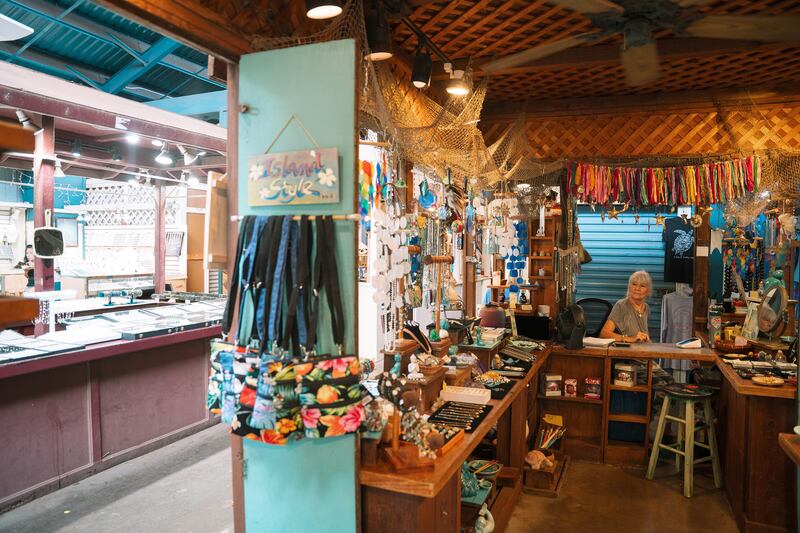
In the craft market nearby, some of the shop owners say they are worried that the initial warnings to visitors have already scared them off. Phrases such as “Stay away from Maui” – an early mantra – rattle around their minds, as they wish they could rewrite the messaging with more clarity and perspective.
“Have enough supply for locals first, on that I agree,” says Sarah Guthrie, who owns four souvenir stalls with her husband. “But how dare you say, ‘Don’t come if you’re a tourist’?”
Noting that she is having her worst sales week of the year, she asks: “If I lose my business, how can I help anyone?”
Scott Taylor, another merchant, says he, too, is struggling to balance assistance for local residents with the charms of retail. Sitting in a kiosk offering handcrafted bowls, he says he wishes the island could just take a break for a few weeks – but short of that, he mostly hopes tourists will avoid “grief tourism” by staying away from Lahaina.
“Respect,” he says. “That’s what it comes down to.”
Many visitors have tried to comply by leaving West Maui, opening up hundreds of hotel rooms for evacuees. Others have added making donations to their itinerary.
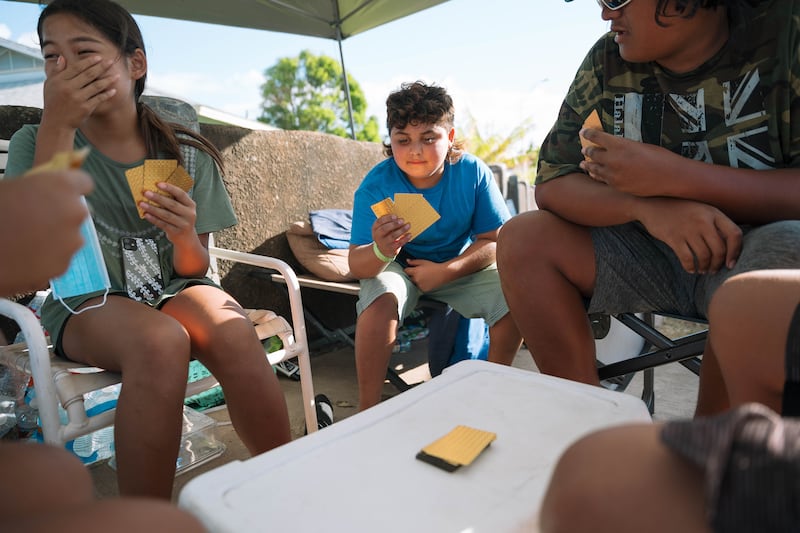
At the Maui Food Bank, Marlene Rice, the development director, says a family of tourists have gone to Costco and delivered a car’s worth of items – before starting their vacation. Some flight attendants from Texas have delivered suitcases packed with fancy toiletries and luxury clothes.
“It was just what we needed,” says Rice. “Something different from what we had seen.”
She fights back tears. Many others do, too, as they struggle to explain the sorrow and everything else the tragedy has unleashed.
“It is quite a jumble, and that’s what you’d expect,” says Tony Papa, a psychology professor at the University of Hawaii, Manoa. “There are so many different things happening.”
He recalls a study he has worked on about coping skills, in which researchers found that some people mixed stories of horror with dashes of humour. He remembers one in particular: a woman who was talking about how her husband died and then blurted out, “Now at least I don’t have to pick up his goddamn socks.”
The study found that those who confronted darkness and left room for light were the ones who managed best.
Many near Lahaina do not feel ready for that. They talk in hushed voices about the possibility that a number of children have died in the fire, possibly stuck at home while their parents were at work.
Amid such wrenching expectations, the idea of visiting the island, or seeing anyone enjoy the beaches and mountains that make it so magnetic, just feels wrong to those who have survived the catastrophe.
And yet, there are hints of it beginning to feel okay for some local residents. At Kalepa’s neighbourhood pod, known as “Archie’s House”, an older man whispered to a friend last week that he had gone for a swim, sighing and looking skyward as he explained the feeling of having been renewed.
A rainbow appeared a half-hour later, drawing smiles from those who noticed it.
Chun, like many others, calls for a shift in focus, “to rise like the sun”.
The day after the funeral, he is back on the water, carrying supplies to Lahaina in his canoe. He notes that the man who hired him to help spread his mother’s ashes had thanked her for moving to Maui and making the island a part of their lives.
Chun says the family has lost the mother’s home in the blaze, but he isn’t sure if she died in the fire or just before.
“I didn’t ask,” he says. Nor does he think it matters.
“We have to move forward.” – This article originally appeared in The New York Times

